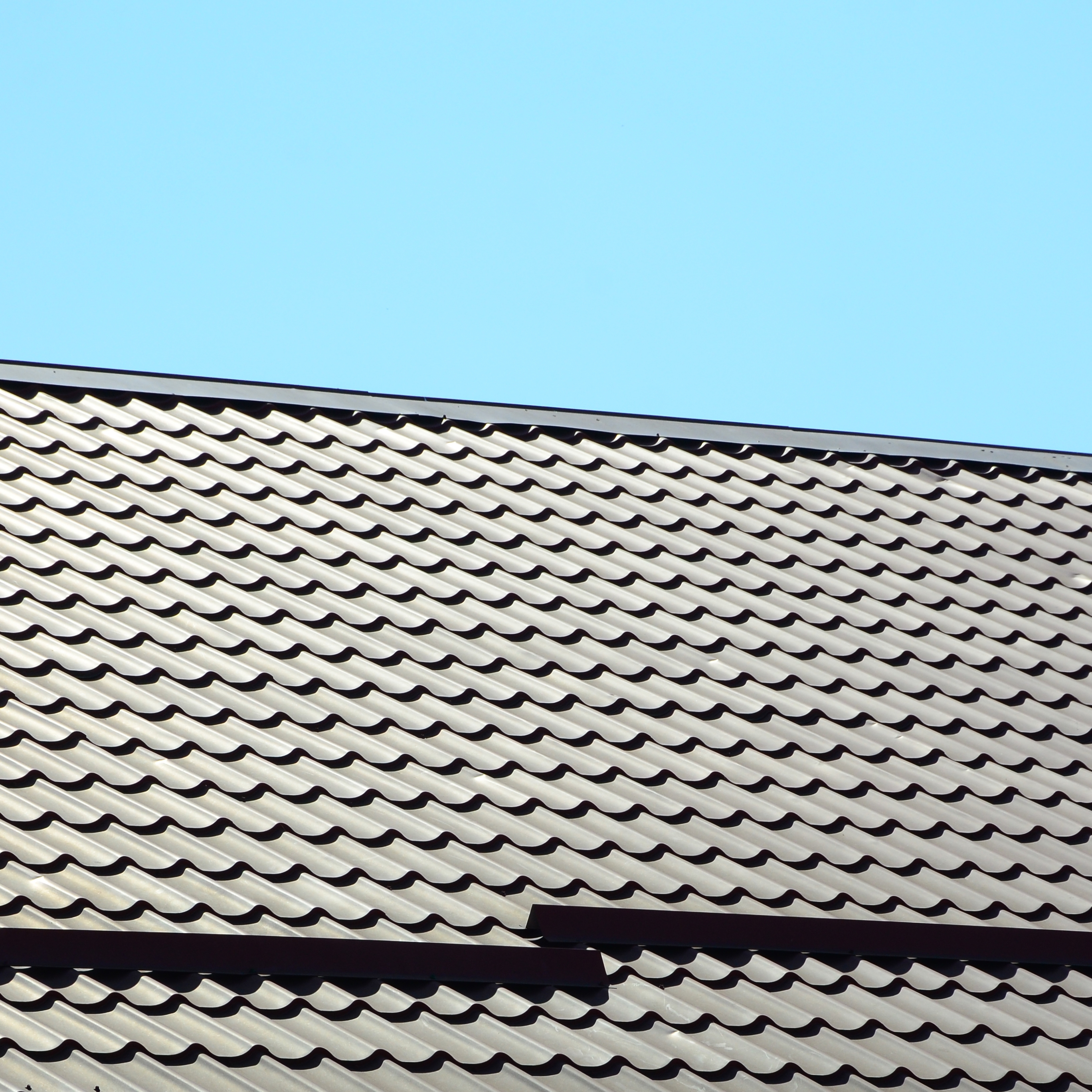Key Factors Influencing Roof Lifespan
quality of Materials and Installation
The longevity of your shingle roof is significantly influenced by the quality of the materials chosen and the expertise of the installation. High-quality shingles, especially those with features like impact resistance or algae protection, are designed to withstand harsh weather conditions and resist wear and tear over time. Opting for reputable brands and materials that meet or exceed industry standards can add years to the life of your roof. Additionally, the importance of proper installation cannot be overstated. Even the best shingles can underperform if they are not installed correctly. Professional installation ensures that shingles are laid properly, sealed adequately, and aligned with the roof’s structure to prevent issues like water infiltration and wind damage.

Regular Maintenance and Inspections
Routine maintenance is essential for maximizing the lifespan of your shingle roof. Scheduling regular inspections, ideally in the spring and fall, allows you to catch and address minor issues before they escalate into costly repairs. During these inspections, it’s important to look for signs of damage such as cracked, curled, or missing shingles, as well as any areas where the roof might be sagging or where water might be pooling. Ensuring that your gutters are clean and free of debris is also crucial, as clogged gutters can lead to water buildup and ice dams, both of which can severely damage shingles. Proper attic ventilation is another critical aspect of roof maintenance. Good ventilation prevents heat and moisture buildup in the attic, which can lead to shingle deterioration and mold growth, both of which reduce the roof’s longevity.
Environmental Considerations
The environment plays a significant role in determining how long your shingle roof will last. Roofs in regions with extreme weather conditions, such as high UV exposure, heavy snowfall, or frequent storms, are more prone to faster deterioration. For homes in these areas, selecting shingles specifically designed to withstand local environmental challenges is crucial.
For instance, shingles with high wind resistance ratings are ideal for storm-prone areas, while UV-resistant shingles are better suited for regions with intense sunlight. Additionally, taking Guide to Shingle Roof Longevity such as trimming overhanging branches that can damage shingles during storms and ensuring that your roof is properly insulated against temperature extremes can further help in extending your roof’s life.
By focusing on these critical factors—selecting high-quality materials, ensuring proper installation, committing to regular maintenance, and considering your local environment—you can significantly extend the longevity of your shingle roof, protecting your home and investment for many years to come. For more detailed insights on extending the life of your shingle roof, you can explore the full article here.